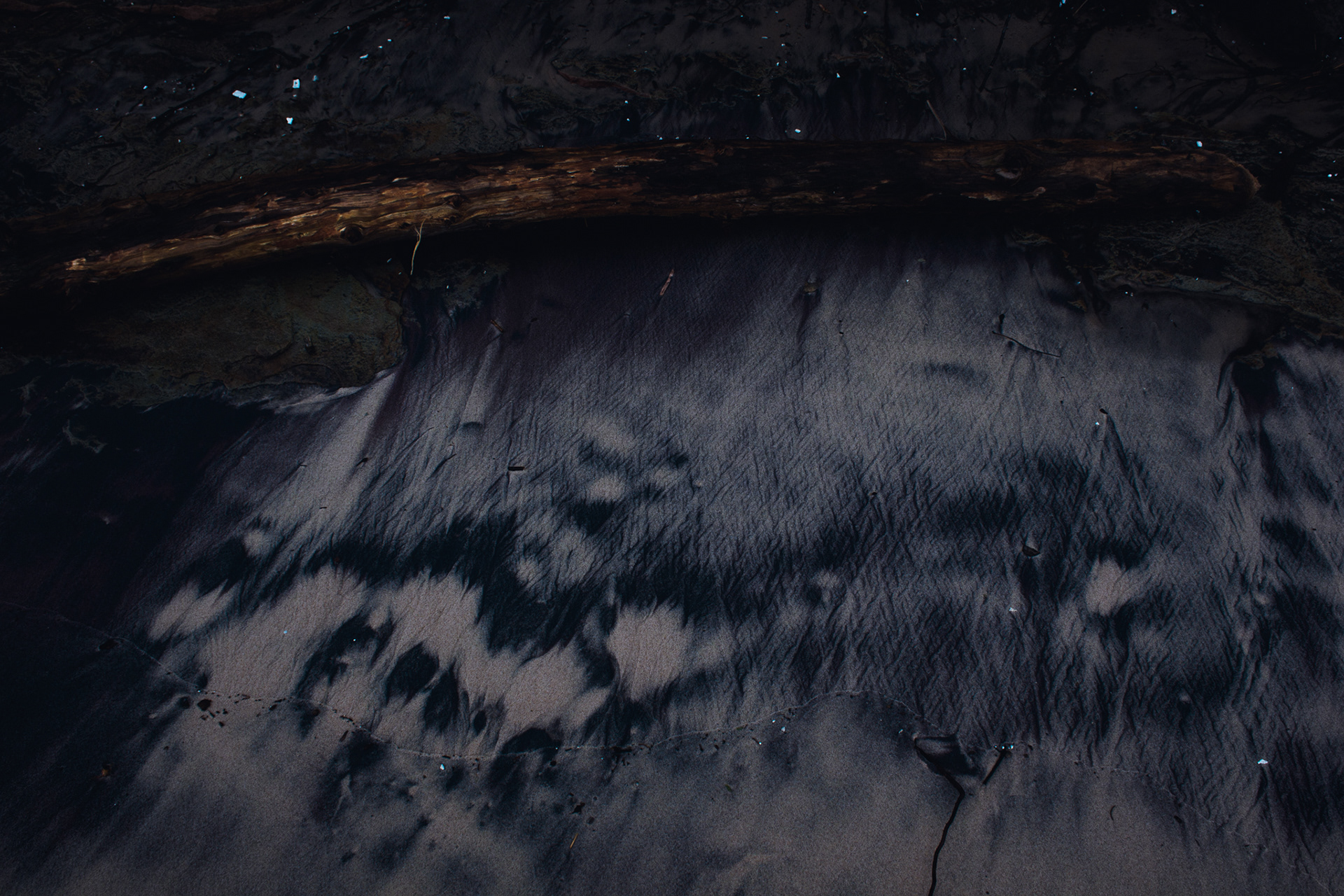NORTHERN FORESTS
PICTURED ROCKS NATIONAL LAKSHORE & THE UPPER PENINSULA OF MICHIGAN
- TAKE ME TO THE LAKES -
Lake Superior, the largest freshwater lake on Earth (by surface area), holds about 10% of the world's surface freshwater and reaches a maximum depth of 1,333 feet. It is the largest of the Great Lakes of North America, and is renowned for its powerful storms, generating waves that can reach nearly 30 feet in height. It is estimated to be about 12,000 years old, and was formed during the last glacial period, known as the Wisconsin Glaciation, when massive ice sheets covered much of North America. As the glaciers retreated, they left behind large depressions that filled with meltwater, creating the Great Lakes.
The sandstone cliffs of Pictured Rocks National Lakeshore rise as high as 200 feet over the surface of Lake Superior. These cliffs were formed about 500 million years ago, and display a vibrant array of colors created by mineral deposits and weathering processes. The National Lakeshore is also home to Grand Sable Dunes, a perched dune system that towers more than 300 feet above the lake.






















the Adirondack Mountains, NEW YORK, USA
- THE EATER OF TREES -
With peaks rising up to 5,344 feet above sea level, the Adirondack Mountains were created over a billion years ago. These ancient mountains, primarily composed of gneiss, granite, and other metamorphic rocks, formed deep within the Earth's crust and were later uplifted and exposed through tectonic forces during a period of intense geological activity known as the Grenville orogeny. Glacial activity during the last Ice Age further sculpted this landscape, leaving behind glacial lakes, moraines, and other glacial features. Geologically, the Adirondacks are distinct from the Appalachian Mountain chain. In contrast to the Adirondacks, the Appalachian Mountains are primarily composed of sedimentary rock, and were formed during separate mountain-building events that did not begin until about 480 million years ago.
























